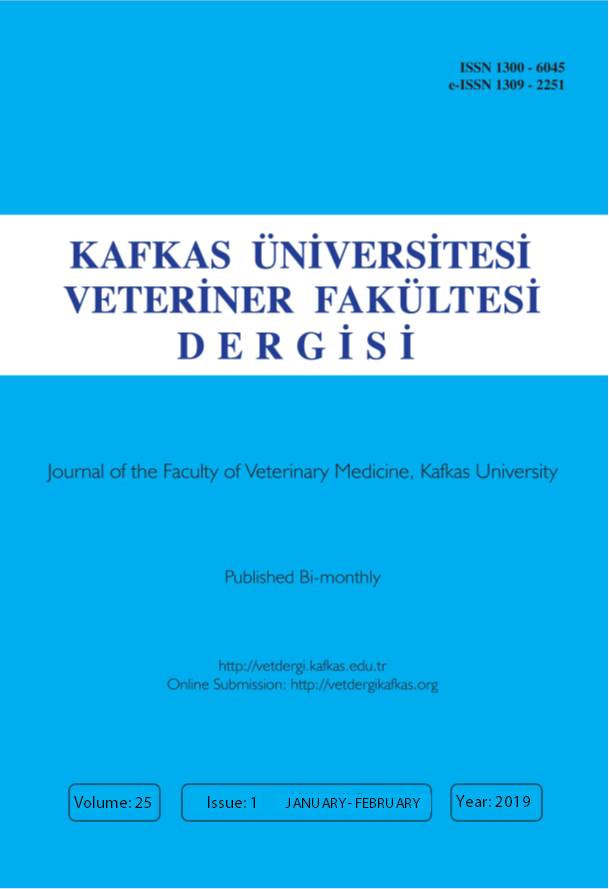
This journal is licensed under a Creative Commons Attribution-NonCommercial 4.0 International License
Kafkas Üniversitesi Veteriner Fakültesi Dergisi
2019 , Vol 25 , Issue 1
A Fuzzy Logic Application to Predict Egg Production on Laying Hens
1Department of Animal Science, Faculty of Agriculture, University of Ege, TR-35100 Bornova, Izmir - TURKEY2Department of Computer Programming, Akhisar Vocational School, University of Manisa Celal Bayar, TR-45210 Akhisar, Manisa - TURKEY
3Department of Plant and Animal Production, Alaşehir Vocational School, University of Manisa Celal Bayar, TR-45400 Alaşehir, Manisa - TURKEY
4Department of Tobacco Breeding, School of Tobacco Expertise, University of Manisa Celal Bayar, TR-45210 Akhisar, Manisa - TURKEY DOI : 10.9775/kvfd.2018.20447 Fuzzy logic has a great potential for researchers and it has been developed over the last two decades. In animal science, there are limited numbers of studies on fuzzy logic approach. This study was carried out to examine the Fuzzy logic applications for prediction of the egg production data. Egg production records were obtained from the commercial poultry farm in Izmir, Turkey. Egg production traits of brown laying hens at 22 to 40 weeks of age were analyzed with Fuzzy logic system. In this study, Fuzzy logic model was developed for the prediction of egg production values of three classes; top, middle and lower (bottom for the cage effect) production. For this purpose 120 data lines representing 4 inputs consisting of cage, age at sexual maturity (ASM), body weight at sexual maturity (BWSM), body weight at mature age (BW) and 1 output, egg production (EP) that collected daily and individually were used in a Fuzzy logic model. The similarities between predicted and original production records were investigated, the coefficient of determination (R2) was found as 0.89 which was also shown the prediction"s success rate. The probability of egg production at ASM of 168 days, BWSM of 1500 g and BW of 1820 g was found 98.97% while egg production"s probability at ASM of 157 days, BWSM of 1720 g and BW of 1940 g was determined as 97.97%. These results were also concluded that layers reached at sexual maturity later have lower egg production. The results illustrated that Fuzzy model could provide an effective and accurate prediction for classifying egg production of laying hens. However, since the applications of fuzzy logic related to the prediction of egg production are limited, this work will be pioneered by future studies. Keywords : Artificial intelligent, Egg production, Fuzzy inference, Fuzzy logic, Poultry










